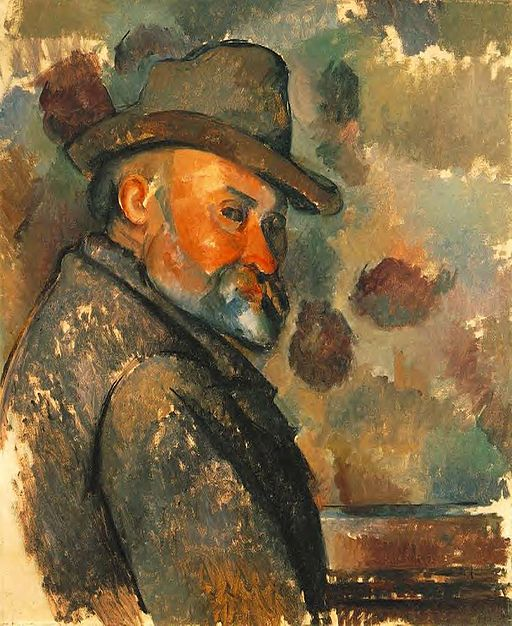- Author:
- OER Administrator
- Subject:
- English Language Arts, Composition and Rhetoric
- Material Type:
- Lesson Plan
- Level:
- High School
- Grade:
- 12
- Tags:
- License:
- Creative Commons Attribution Non-Commercial
- Language:
- English
Chapter Planning

Overview
For each of the five lenses, students will think of changes they’ve undergone and character strengths they’ve shown. Are there specific examples that they’d like to include in their self-portrait? They’ll start planning their chapters and the types of media they can use to express them.
Preparation
- Read the lesson and student content.
- Anticipate student difficulties and identify the differentiation options you will choose for working with your students.
Lenses of Change
- Students spend time in this lesson mining their experiences for possible chapters to include in their self-portraits. This brainstorming will help them start to think about possibilities.
- SWD: The Quick Write is an important skill, but one that might overwhelm students who are struggling writers. If you think students need the additional support, consider side-by-side coaching and limit the number of responses.
Opening
Think back to the five lenses you worked with in Lessons 1 and 4: Community, Persons, Body, Events, and Choices.
Complete a Quick Write.
- For each lens, brainstorm as many personal associations as you can.
Open Notebook
Moments of Change
- Take a few minutes for a short review discussion with your students. In this lesson, for each lens, students will brainstorm and outline possible topics or chapters, thinking about the kinds of changes they have experienced and the strengths or other qualities they have shown.
- SWD: Consider ways to provide students with disabilities scaffolds that support student success but also promote independence. For example, you might provide some students with a blank concept map or other graphic organizer they can take notes on during the discussion.
- Students have focused on character strengths in the work they have done so far; if they would like, they may also work with qualities or parts of themselves they hope to change.
Work Time
With your classmates and teacher, review these topics that you have discussed about moments of change.
- The five different lenses
- The kinds of changes you and other teenagers are experiencing
- The character qualities and strengths you have portrayed and might want to portray in the future
Planning Organizer
- With this exercise, students begin to consider in a concrete way how they might translate the thinking and writing they’ve done to this point into chapters of their self-portrait. Some may need additional support to make this leap. It may help if you’ve read their journal entries so that you can help individual students translate abstract ideas into concrete chapter possibilities.
- ELL: If ELLs need additional support, consider pairing them with students who can support them as they understand these abstract concepts.
Work Time
Begin to think about possible chapters you might include in your self-portrait and artifacts that might go along with these chapters.
To help you begin planning, complete the Planning Organizer.
- Brainstorm personal changes, personal qualities, and possible moments to go along with each of the five lenses.
Artifacts
- As students begin to think specifically about what to include, it’s important that they also start considering possible roadblocks: what might stand in their way as they try to compile artifacts? Are some things difficult to find? Will they need to make time to take photographs or film footage? Will they need to do research or rely on anyone else’s support or input? Time will be a factor in this project, and the sooner students start doing the work of gathering and producing their assets, the better off they’ll be.
Closing
Consider the artifacts that you have been collecting or thinking about to use for your self-portrait.
- Which possible artifact have you thought of so far that you are most excited about?
- Which artifact seems the most difficult to obtain or include?
Open Notebook
Artifacts for Your Self-Portrait
- Often, the homework in this unit will simply be for students to work on gathering, producing, and editing their assets. They will definitely need to spend considerable out-of-class time working in order to successfully complete this project.
Homework
Start thinking more seriously about assets and artifacts! What can you include to go along with the ideas you came up with in this lesson?
- Work on planning and beginning to collect the resources you will need for your self-portrait.